Updated May 2025
On this page
What is peanut allergy?
Peanut allergy occurs when a person’s immune system reacts to the proteins in peanuts. Peanuts can be found in many foods and drinks, including butters or spreads, sauces, baked goods, breakfast cereals and oils.
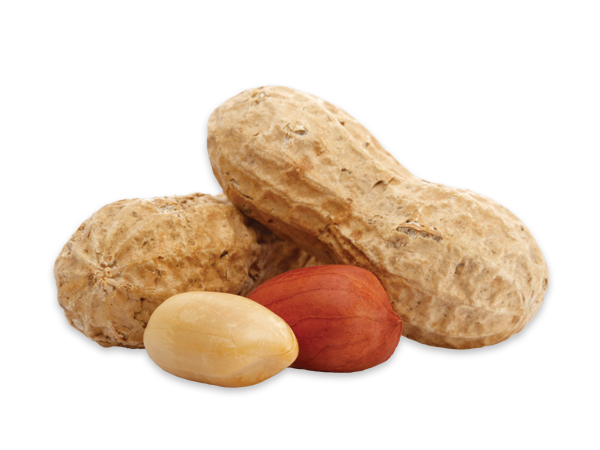
Peanut allergy is one of the most common food allergies in childhood, affecting 3% of infants up to the age of 12 months in Australia.1
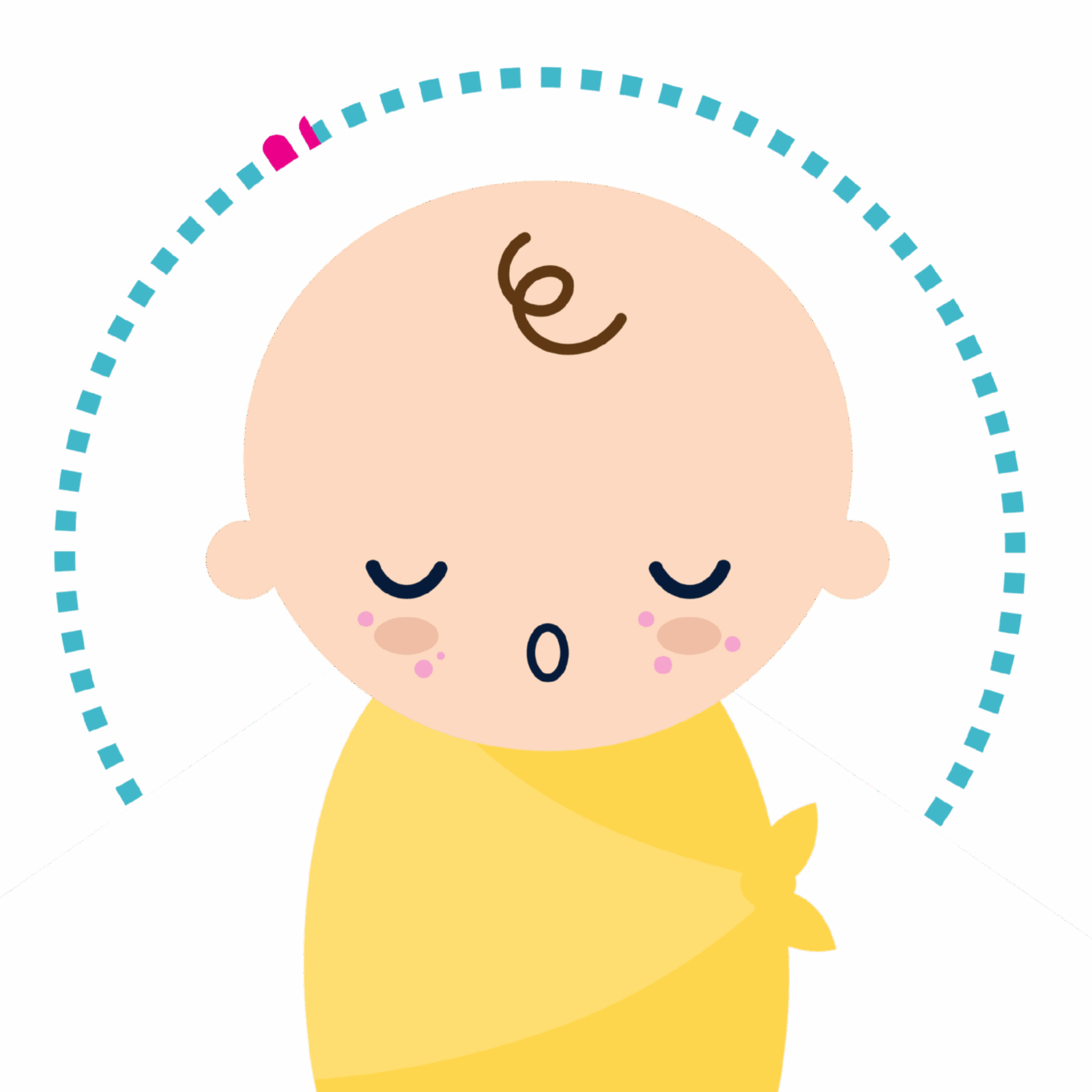
Research shows that by the age of six, around 30% of children have outgrown their peanut allergy.2
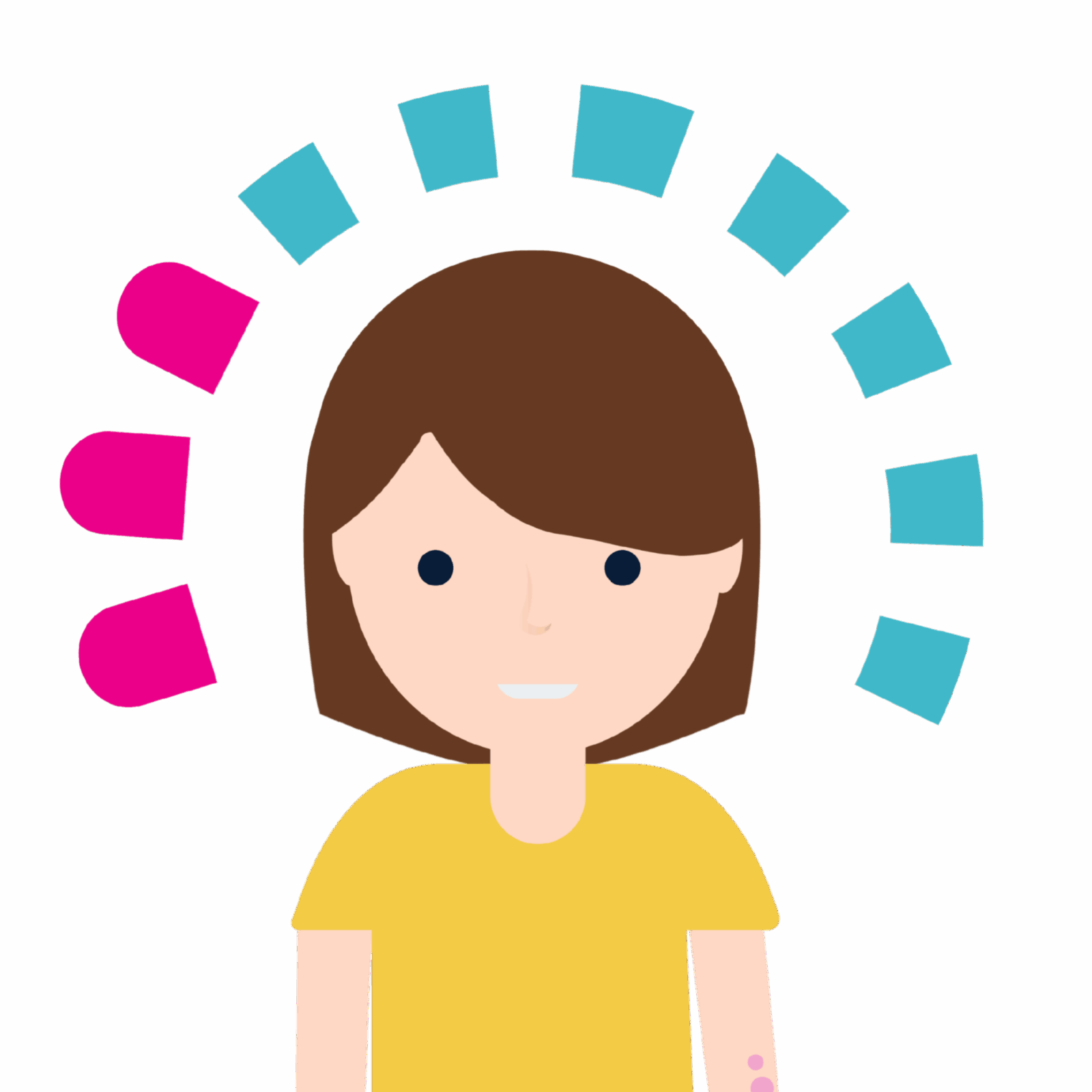
Peanut allergy remains one of the common food allergies affecting adults. As a result, research into peanuts and other food allergies is increasing.

Peanuts are legumes like peas and lentils. Peanuts grow underground and are different from tree nuts, such as almonds and cashews, which grow in trees.

If you have a peanut allergy, it does not mean you will have allergies to tree nuts.
- It is important to talk with your doctor about what foods you should avoid. Your doctor may decide to do tests once they have talked with you. It is important not to avoid foods you are not allergic to
- Some people with peanut allergy are also allergic to some tree nuts or other foods, while some people are allergic to peanut only

There is no cure for food allergy. Most people with peanut allergy must avoid foods which contain peanuts, even if they have very small amounts. As researchers learn more about food allergies other options are being developed.
Oral Immunotherapy (OIT) may be an option for some people with peanut allergy.
- OIT is a special treatment program sometimes offered that needs to be supervised by allergy specialists
- Speak with your allergy specialist about whether OIT may be an option
What are the signs and symptoms of an allergic reaction to food?
Signs and symptoms of a food allergy usually occur soon after eating the food or within two hours of eating. Allergic reactions to food can be mild, moderate or severe (anaphylaxis).
An allergic reaction may start with mild or moderate signs or symptoms but can progress rapidly to anaphylaxis. However, it is important to remember that signs of a mild or moderate allergic reaction may not always occur before anaphylaxis.
Signs and symptoms of an allergic reaction
Learn about the signs and symptoms of allergic reactions, and the difference between a mild or moderate reaction and a severe reaction (anaphylaxis).
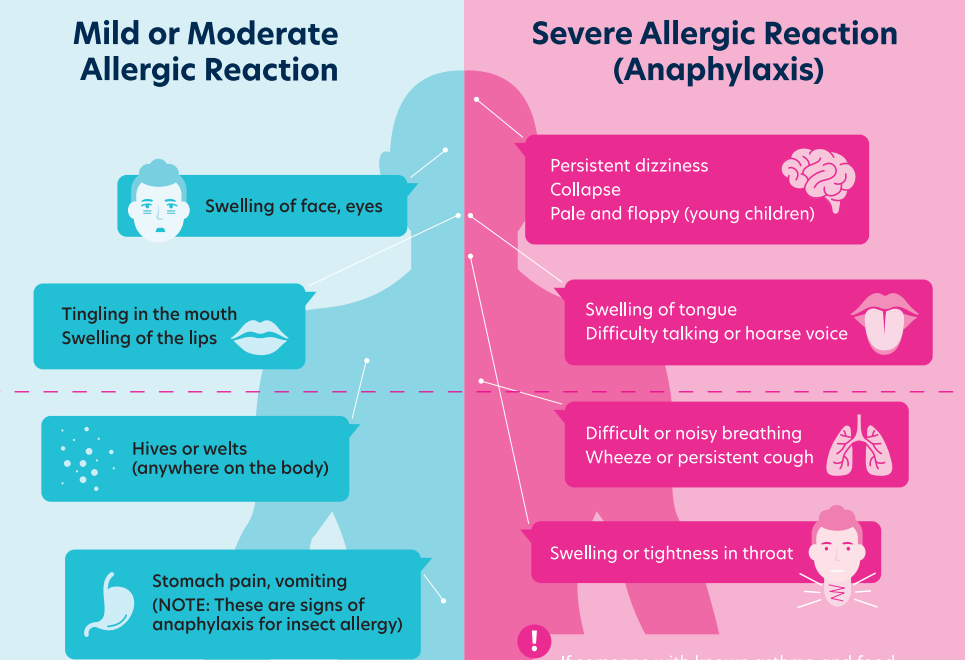
How do I recognise peanuts in their different forms?
It is important to recognise peanuts in their various forms and know which foods contain them. They may appear whole (the kernel), or in a variety of forms, such as:
- chopped peanuts
- peanut meal/flour
- peanut butter/paste
To help people with different nut allergies recognise the nut they are allergic to in its different forms, we worked with Nuts for Life to develop helpful fact sheets that show the nut in its shell, unshelled, crushed, slivered, etc.
Parents can use these fact sheets to teach their children what their nut allergen looks like in all their forms.
Please note: this factsheet is a guide only and does not contain a complete list of all foods that contain peanuts.
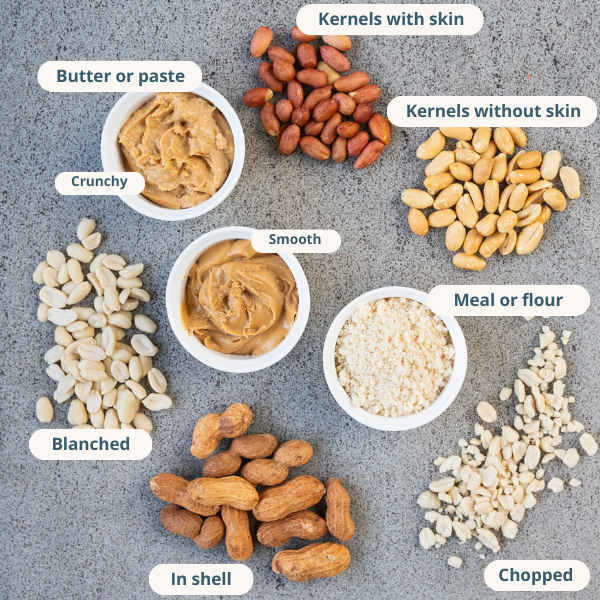
Peanut kernel
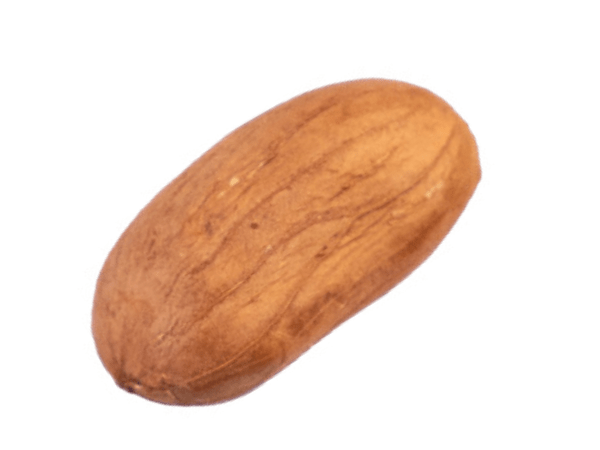
Peanut kernel is covered with a thin brownish-red layer and can be split into half.
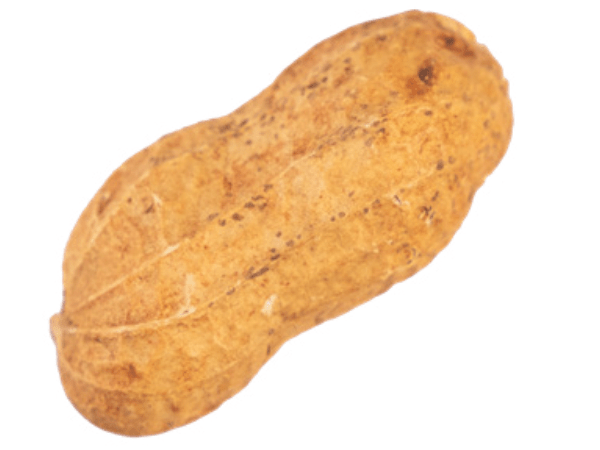
Peanut shell
Peanut shell has a thick, wrinkled, brown outer layer.
What foods and products contain peanuts?
In Australia and New Zealand, the food law (Food Standards Code) requires the mandatory declaration of the common allergy causing foods. As peanuts are a common allergen, peanut must be written in bold in the ingredient list on packaged food if it is an ingredient. See our food labelling page for further information.
Food and drinks to avoid if you have a peanut allergy include:
- peanut butter
- peanut sauce
- peanut oil (cold pressed, expelled or extruded)
- satay/satay sauce
Peanuts can be found as an ingredient in many foods and products such as baked goods, sauces, and confectionery. Download our peanut food allergen card to your phone or print and place it on your refrigerator at home. This allergen card has examples of foods and products that may contain peanuts.
Check for peanut “hidden” in foods and drinks: For example:
- chocolate and chocolate spreads
- baked goods
- salads/salad dressings
- smoothies
- muesli/granola
- essences
- pasta sauces
- butters and milks
- alcoholic drinks
- Asian, Indian and African dishes

Products to be aware of:
Vegan products:
- Peanuts may be used in vegan foods to create a creamy texture in vegan cheese, vegan butter, sauces, and raw desserts.
- Vegan food may contain peanut, as it is a good source of protein
- People with a peanut allergy should always check the ingredient list and any allergen statements on products labelled ’vegan’ (as they should with all products) and should not assume that they are safe.
Cosmetics and body products:
Make up, skin creams, body wash, shampoo and lipsticks may contain peanut so you must check the ingredients label. Ingredient labelling laws for cosmetics are different to the laws for foods. Peanuts may be listed by their botanical name rather than the name peanut. The botanical name for peanut is Arachis hypogaea. However, there are many varieties or subspecies of peanut, and so it may be listed on products as, for example:
- A. hypogaea var. vulgaris
- A. hypogaea var. fastigiata
- A. hypogaea var. hypogaea
Is peanut oil safe for people with a peanut allergy?
Highly purified peanut oil has very little allergen, and refined peanut oil (not cold-pressed) appears to be safe in some small studies. However, it’s hard to be completely sure that these oils have no traces of peanut protein, which can trigger an allergic reaction.
Many restaurants use peanut oil for cooking, and peanut proteins might mix into the oil. Because of this, it’s best to avoid peanut oil altogether. Additionally, there hasn’t been much research on the safety of other nut oils, so it is best to avoid those as well.
How do I reduce the risk of an allergic reaction?
Remember, you cannot tell what ingredients foods contain by looking at them, smelling them or tasting them.
ALWAYS read labels when eating packaged food and when eating out

ALWAYS tell people preparing and serving food you have a food allergy

ALWAYS ask about food content after you have told them about your food allergy

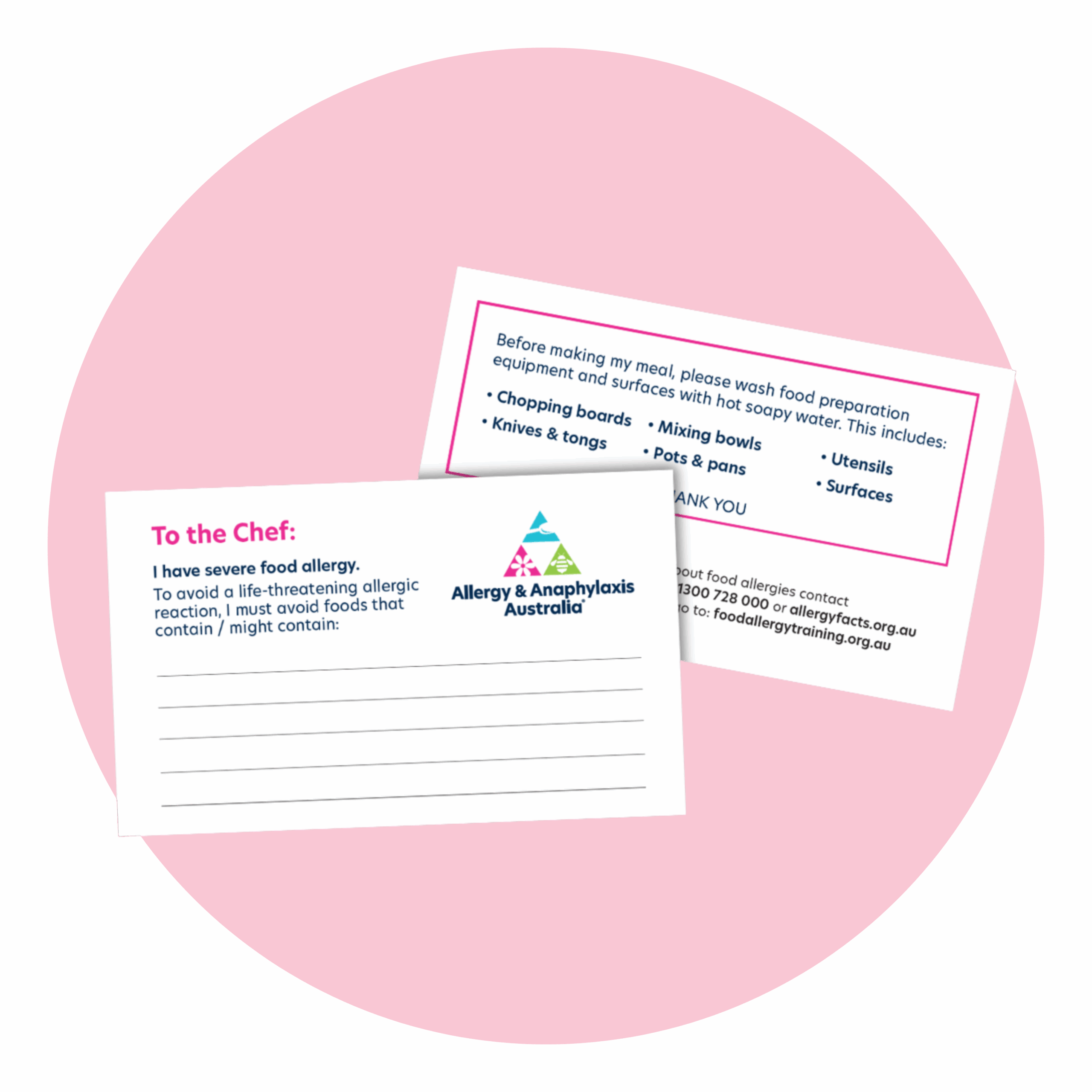
To make eating out a little easier, A&AA has developed a chef card. You can write or print your allergens on the card. When telling the wait staff at a cafe or restaurant about your allergies, hand over your chef card and ask it to come back with your specially prepared meal.
1. Peters RL, Koplin JJ, Gurrin LC, et al. The prevalence of food allergy and other allergic diseases in early childhood in a population-based study: HealthNuts age 4-year follow-up. J Allergy Clin Immunol. 2017;140(1):145-153.e8. doi:10.1016/j.jaci.2017.02.019
2. Peters RL, Soriano VX, Allen KJ, et al. The Prevalence of IgE-Mediated Food Allergy and Other Allergic Diseases in the First 10 Years: The Population-Based, Longitudinal HealthNuts Study. J Allergy Clin Immunol Pract. 2024;12(7):1819-1830.e3. doi:10.1016/j.jaip.2024.03.015
3.Chan ES, Greenhawt MJ, Fleischer DM, Caubet JC. Managing Cross-Reactivity in Those with Peanut Allergy. J Allergy Clin Immunol Pract. 2019;7(2):381-386. doi:10.1016/j.jaip.2018.11.012
Downloads
More about food allergies
Food allergy
Learn more about different food allergies, triggers, signs and symptoms and more.
About allergies
Learn more about what an allergy is, types of allergy, anaphylaxis and more.
Living with allergies
Learn more about living with allergies, daily management, what to do in an emergency and more.
Subscribe to stay up to date with:
- Food recalls – when a product contains an allergen and is not correctly labelled (undeclared)
- Allergen updates – when a product has an ingredient or labelling change and the company asks us to notify you
Let us know which allergens you want to get alerts about!
